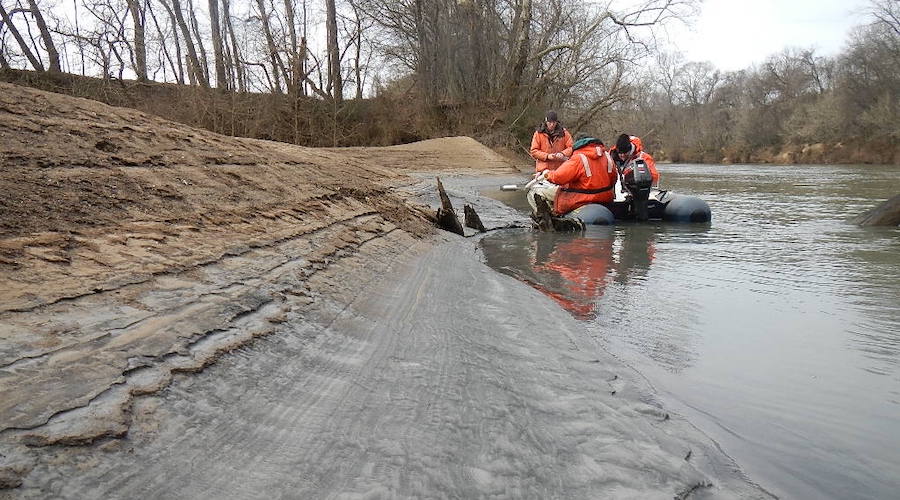
Miniaturized electrochemical sensors based on screen-printed electrodes (SPEs) and paper-based electrodes have been found to be the most efficient and low-cost options for detecting the presence of toxic heavy metals in humans and in natural environments.
In a paper published in the journal Coordination Chemistry Reviews, researchers at Korea’s Pusan University explain that such sensors are efficient because they do not require large samples and supporting electrolytes.
To reach this conclusion, the scientists investigated the mechanisms, advantages, and disadvantages of miniaturized sensors including screen-printed electrodes, paper-based electrodes, and nanomaterial-coated sensors made from carbon nanocomposites, metal nanoparticles, and metal-compound nanocomposites.
Although SPEs and paper-based electrodes were the best performers because they address the limitations of conventional laboratory-based methods, improvements are still needed.
The group found that current electrochemical detection approaches suffer from poor selectivity, inadequate level of detail, and interference by foreign species that can have detrimental effects during on-site analysis. Additional encounters with dissolved oxygen species, while necessary for analyzing conductivity and pH, contribute to a decline in the detection ability of these sensors over time.
The researchers also stressed the need for portable lab-on-a-chip approaches and large-scale manufacturing of disposable, flexible, and wearable electrochemical sensors.
Moreover, innovative electrochemical detection strategies are required for heavy metal sensing in human biofluid samples, such as saliva, blood, and urine.
“One of the most difficult tasks is the commercialization of the advanced and systematic ideas put forward by academia, pharmaceutical industries, and government bodies in combination with proper validation techniques,” lead researcher Seung-Cheol Chang said in a media statement.
Nonetheless, he and his team are confident that ongoing research in electronics, nanotechnology, and materials technology can overcome some of the existing issues, paving the way for more rapid, reliable, and precise on-site detection of heavy metals. These metals have high densities and atomic weights and originate from geological processes or human activities, including mining, industrial production, and petrochemical plants.
Heavy metals are toxic to humans and animals and are considered common pollutants in the environment. They can enter the human body on ingestion of polluted food or water, adsorption through the skin, or respiration of polluted air and are known to cause severe health problems such as kidney damage, high blood pressure, nervous system damage, fertility defects, and even death.